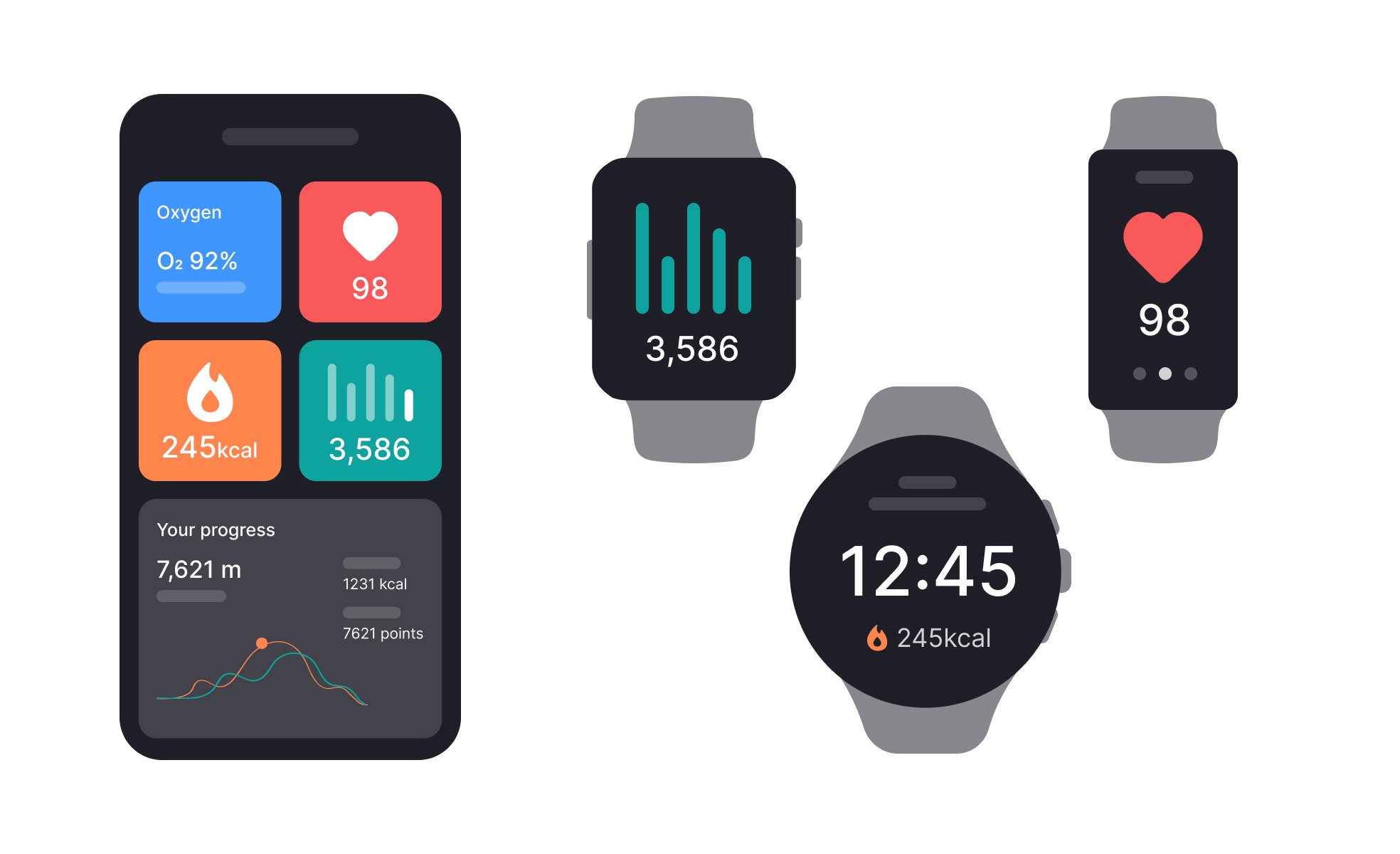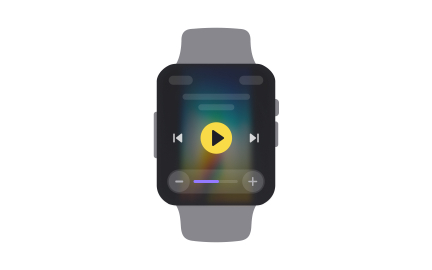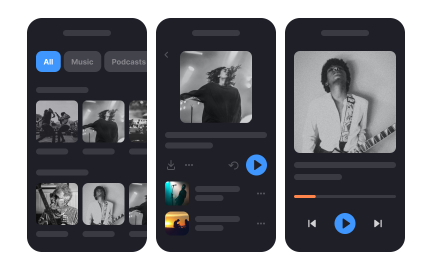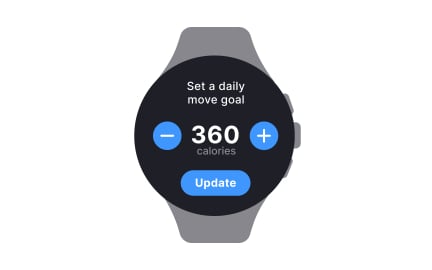Wearable Design
Wearable design considers limited screen space, movement, and sensor data to create functional and comfortable experiences on smart devices.

What is Wearable Design?
Your wearable device interface frustrates users because it treats small screens like miniature smartphones rather than designing for glanceable information, gesture-based interaction, and the unique contexts where people use wearable technology.
Most teams approach wearable design by shrinking existing mobile interfaces without understanding how wearable devices fit into daily routines, physical constraints, and user attention patterns that differ fundamentally from phone usage.
Wearable design is the specialized practice of creating interfaces and experiences optimized for wearable devices including smartwatches, fitness trackers, and AR glasses that account for screen size limitations, interaction constraints, and contextual usage patterns unique to body-worn technology.
Products with effective wearable design achieve 80% higher daily usage engagement, 60% better user satisfaction with wearable interfaces, and significantly improved feature adoption because interactions are designed for wearable contexts rather than adapted from other platforms.
Think about how Apple Watch provides glanceable information and simple interactions that work while users are active rather than requiring focused attention like smartphone apps, or how fitness trackers motivate behavior through contextual notifications and progress displays.
Why Wearable Design Matters for Contextual Computing
Your wearable device doesn't integrate successfully into user routines because interfaces require too much attention and interaction complexity for contexts where wearables are most valuable, like during exercise, commuting, or brief information checks.
The cost of poor wearable design compounds through every failed interaction where users expected quick, effortless access but encountered complex interfaces that require smartphone-level attention and interaction precision.
What effective wearable design delivers:
Better integration into daily routines because wearable interfaces provide just enough information and functionality for contextual needs without requiring users to stop their activities for device interaction.
When wearable design matches usage contexts, devices feel helpful rather than intrusive additions to daily routines that require dedicated attention and interaction time.
More efficient glanceable information access through interface design that communicates essential information quickly and clearly within the brief attention spans typical of wearable device usage.
Enhanced hands-free and minimal-attention interaction because wearable design prioritizes gesture, voice, and automatic functionality over complex touch interactions that don't work well on small screens or during physical activity.
Improved long-term usage and behavior change through wearable experiences that motivate continued engagement rather than becoming unused devices due to interface friction and contextual mismatch.
Better health and fitness tracking integration as wearable design connects seamlessly with user wellness goals and provides motivational feedback that encourages positive behavior changes.
Advanced Wearable Design Strategies
Once you've established basic wearable design capabilities, implement sophisticated wearable experience and interaction approaches.
Multi-Device Ecosystem Integration: Design wearable experiences that coordinate seamlessly with smartphones and other connected devices rather than working in isolation without cross-device continuity.
Biometric and Sensor Data Integration: Use wearable sensor capabilities to create interfaces that adapt to user physiological state and activity context rather than providing static experiences regardless of user condition.
Advanced Gesture and Voice Integration: Implement sophisticated input methods including gesture recognition and voice control that reduce reliance on touch interaction for wearable device control.
AR and Mixed Reality Wearable Design: Create interfaces for augmented reality wearables that blend digital information with physical environment appropriately rather than overwhelming or distracting users.
Wearable design refers to the process of designing wearable devices or wearable technology. This design practice is unique as it combines aspects of fashion, industrial design, user experience, and technology.
The aim is to create products that are both aesthetically pleasing and functional, providing users with seamless experiences that integrate with their daily activities. Wearable design can span a wide range of products, from fitness bands and smartwatches to smart glasses and even smart clothing.
Learn the nuances of designing functional apps for wearable devices in the Designing for Wearables lesson.
Designing for wearables requires balancing functionality, aesthetics, ergonomics, and user experience. The device must serve a useful purpose and provide value to users. However, since it's a product that is worn, it also needs to be comfortable, durable, and appealing. The user interface must be simple and intuitive, bearing in mind the often small size of wearable devices.
Some challenges in wearable design include managing power consumption, ensuring durability, designing intuitive interfaces for small screens, and dealing with a wide variety of user body sizes and shapes. Ensuring comfort while also packing in the necessary technology is also a significant challenge. Finally, given that these devices often collect sensitive data (e.g., health data), designers need to incorporate privacy safeguards and make users aware of how their data is being used.
User feedback and testing play vital roles in wearable design, perhaps even more so than in traditional electronics. Due to the intimate nature of wearables – being in constant contact with the body of a wearer – it's crucial to understand how real users interact with the device in various contexts over an extended period. Therefore, prototyping and iterative testing are essential. This helps designers to get feedback on comfort, aesthetics, functionality, and user interface, and allows them to make necessary adjustments. The aim is to ensure that the final product fits seamlessly into the user's lifestyle and meets their needs and expectations.
Recommended resources
Courses

UX Design Foundations

Design Terminology

Common Design Patterns
Lessons
Projects

Medilert - Smartwatch App

Smartwatch Design










